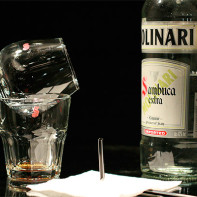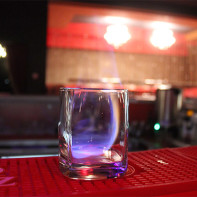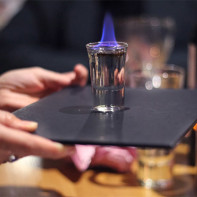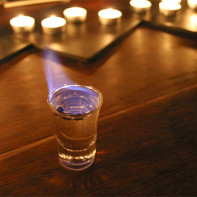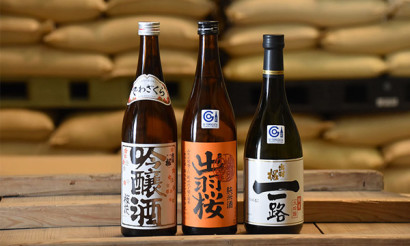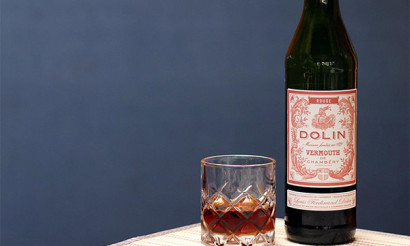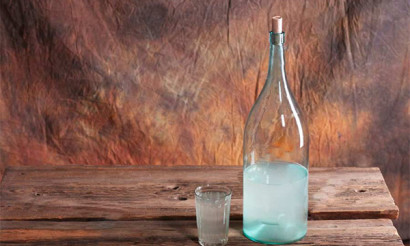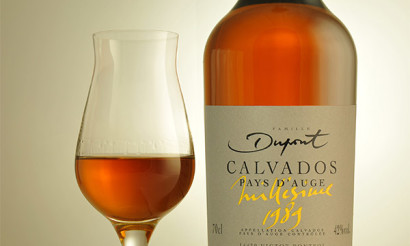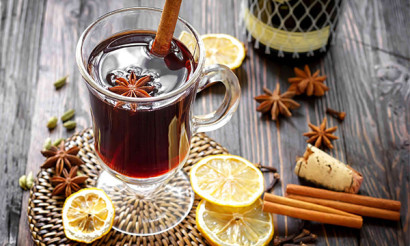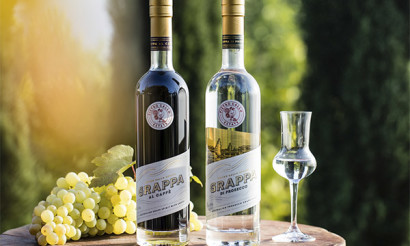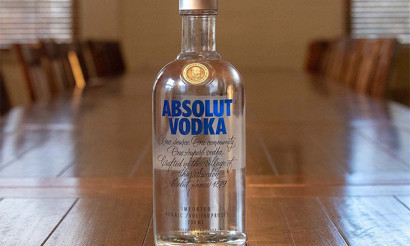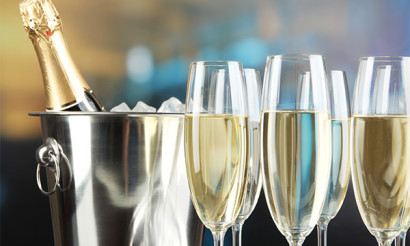How to drink sambuca
As part of this strong liquor, elderberry berries are necessarily present. It is believed that the name of this type of alcohol came from the Latin designation of the plant. It is interesting that the alcohol tincture of star anise, which became the progenitor of liquor, was created as a medicine for cough and nerve disorders. Then the story is very similar to the popularization of becherovka and other drinks, which were initially considered a medicine.
- How sambuca entered the European expanse
- Kinds
- White
- Dark
- Red
- Popular brands of sambuca
- Composition and calorie content
- How to choose glasses for sambuca
- How to drink sambuca at home
- Burning
- The way two glasses
- With flies
- Ice
- Milk mix
- Extreme
- What to eat
- Sambuca cocktails: recipes
- Homemade Sambuca Recipe
- The benefits and harms of sambuca
How sambuca entered the European expanse
Aniseed liquor recipe was documented only in 1945 after Italian Angelo Molinari, experimenting with alcohol, anise and herbal recipes, created a unique drink. It was completely transparent, with a rich taste and spicy aroma. The fortress reached 42%, in addition, it burned very beautifully when served in low and wide glasses. Spectacular, tasty and strong, it was simply doomed to popularity.
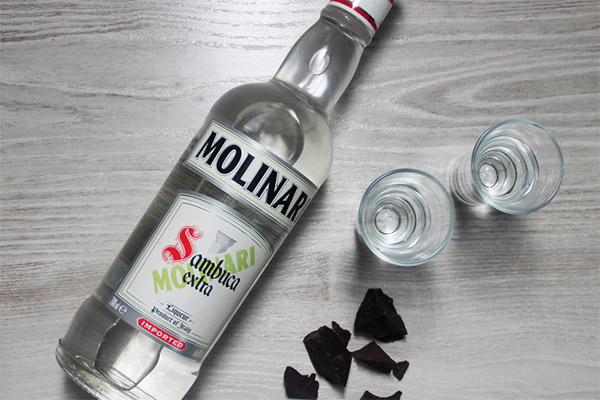
The history of sambuca began almost a century ago, when the recipe for aniseed vodka was developed, which was used in therapeutic doses to improve digestion. The authorship belongs to Luigi Manzi. An enterprising Italian was located near the temple, and the finished product was hidden in the underground. Even then, production volumes were impressive, albeit illegal, but there were more and more connoisseurs of liquor, and the memory that the product was produced for medicinal purposes was becoming weaker.
Experts also have several versions about the origins of the name. One of them is smuggling. It is believed that the source was the expression santa buca, a hole in the floor, and it was sacred, since it had never failed the owner of the house and reliably hid the liquor from the authorities.
The second version comes from the name of a nearby city. Sometimes they speak of the Arabic origin from the name of anise, which sounds like zammut. The third mentions that the type of ship carrying the drink was called sambuca.
There is no exact data on this fact, but a strong digestif with a pleasant smell and taste of anise has firmly taken its place in the series of alcoholic beverages.
Kinds
In any case, regardless of brand and manufacturer, the liquor retains its signature taste. Varieties are divided by color, place of production and partly by level of strength.
White
It is called traditional, its proportions and the quality of the ingredients are preserved in its recipe. It is transparent in appearance, since it refers to strong alcohol, and the essential oils in it dissolve successfully, leaving no visible trace. But when mixed with other components, it instantly becomes cloudy. The exact recipe is kept in strict confidence. Of the known ingredients in sambuca are:
- spring water;
- alcohols;
- sugar;
- fennel and star anise essential oils;
- extracts of mint, thyme, elderberry, gentian.
Different manufacturers allow small deviations from the main recipe, combining spicy herbs in their own way.
Dark
The main variety belongs to the elite, has a deep blue color. Such an unusual color is obtained due to the addition of licorice to the composition. The taste combines the piercing freshness of anise and voluminous licorice sweetness. The original combination gave the drink therapeutic properties. An aperitif is recommended for improving digestion, preventing colds, stabilizing the emotional state and, oddly enough, for the gentle removal of toxins and toxins.
On sale there are coffee and chocolate options. This flavor bouquet also has its admirers. The chocolate-aniseed look acquired in the manufacturing process ductility and a high level of sweetness. Coffee has a deeper taste.It is achieved by mixing several varieties of coffee brought from different climatic zones. So in the composition of the famous Molinari caff introduced Arabica and Robusta from Caribbean and Polynesian plantations.
Red
This shade was not only an excellent marketing move, but also offers a wide range of flavoring shades. Color is achieved by adding natural ingredients, among which are most often used:
- cherry;
- raspberry;
- Garnet;
- cranberry.
The consistency of such a drink is viscous, rather dense. Bright fruit and berry bouquet, sweetness, relatively low alcohol content and outward appearance made liquor a predominantly female drink.
It is worth considering: the popularity of this type of sambuca is much less than the main ones, it is produced in more modest volumes and appears less often on sale.
Popular brands of sambuca
Italian companies are leading the market, which is to be expected.
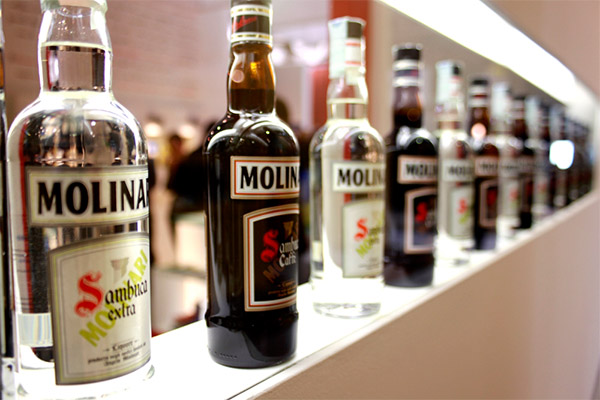
- The most respected and oldest is Molinari, named after the founder of the first production. For a short time, a regional drink successfully conquered the world market. After introducing anise into the recipe, white Sambuca Molinari became considered a national treasure and began to be exported. The alcohol content in the white variety is 42%, in the dark - at least 38.
- Ramazotti produces white and dark versions, both of which are most often used as a digestif and base for cocktails. Production began at the end of the 19th century; the white variety is distinguished by subtle admixtures of violet and vanilla odors, which are the hallmark of the brand.
- Luxardo is considered a family business and is located in the province of Veneto. Known for her experimental recipes in the field of fruit liquors. The attitude towards innovators is twofold. They are simply adored by lovers of sugary viscous drinks amid the sincere indignation of connoisseurs of the classics of the genre. The latest developments of the company's specialists relate to the introduction of spices. Chili and cinnamon options are already on sale.
- Di Amore is proud of its high strength and crystal clear reputation. A recipe feature is the addition of lemon zest, which slightly reduces the sweetness of the finished product.
- Cellini line is dedicated to the famous sculptor and jeweler. It is produced in several types, focused on Bohemia, the cost of a strong drink varies between 720–850 rubles per 0.7 liter bottle. Most often used in cocktails, goes well with tonic, sprite, juices.
- Cesare made a bet on the combination of classic and modern in taste and design of bottles. 2 companies work under this brand: Italian and Spanish. Strong drinks, high quality. It is characterized by transparency and a light licorice finish.
- Vaccari is made in the Netherlands, there is a dark and light variety. Unlike classics, the level of spirits is not more than 38%, which is not liked by everyone and becomes the reason for low sales volumes. But the inhabitants of Mexico love and value liquor almost as much as their native tequila, paying tribute to the rich taste and a sense of light freshness in the aftertaste.
- Villa Viola also does not belong to Italian brands. It is produced by the German Karlheinz Haus distillery, strictly following the traditional recipe. There is no special highlight, the drink fits perfectly into generally accepted standards and is in demand.
Also famous brands are Manzi, Isolabella, Kolasingari, Antica, Borghetti.
Composition and calorie content
The basis is wheat alcohol. Sugar syrup and plant essential oils are added to it. Mandatory component is star anise. Then there are variations on a free theme, from elderberry extract, licorice root, licorice to chili peppers, cinnamon and cardamom.
Calorie content is average, 100 g of product contains 240 kcal. The insidiousness of sambuca lies in the fact that against the background of a refreshing taste its strength is not felt at all, and it is very difficult to control the amount of alcohol consumed.
How to choose glasses for sambuca
A drink requires a leisurely enjoyment of taste.For serving as an aperitif or digestif in its pure form, use tall piles or small glasses. The final choice depends on the method of use. If guests prefer a burning option, then it is necessary to choose thick-walled containers that hold well the temperature difference.
In the case when the drink is served very chilled, graceful glasses on a medium-length leg or cups on a flat base with a thickened bottom will do. The slightly opening bell shape allows you to enjoy the aroma of freshness from the aniseed component. The classic Italian version of the cookware for sambuca is shots.
How to drink sambuca at home
The drink is quite young, but its serving has already acquired traditions and rituals. Since sambuca has become very popular in nightclubs, bartenders try to surprise not only with the extravaganza of tastes, but also with a spectacular external presentation. There are many ways to use, the most common are about 6.
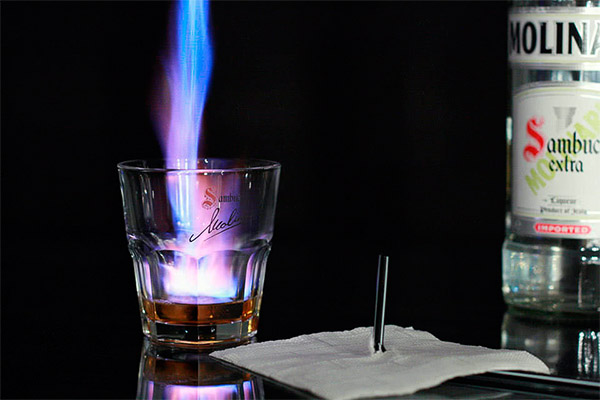
Burning
The drink is set on fire in a pile. After 10 seconds of burning, it is quenched by a strong exhalation and drunk in one gulp with a delay in breathing.
The way two glasses
He is well known to absinthe lovers. The goal is to enjoy the taste and aroma of essential oils at the same time. To do this, the burning sambuca is covered from above, blocking the access of oxygen. After burning, the upper glass is placed leg up on a special napkin, slipping a short cocktail tube under the edge of the container. Drink the drink in one sip, and then inhale the vapors from the second glass through the tube. Difficult, but spectacular.
With flies
In Italy, coffee beans symbolize happiness, health and prosperity. They are slightly fried and thrown into a glass with a drink for good luck. The degree of frying should be minimal, otherwise the aftertaste will be blocked by a more aggressive component. This method is used for white sambuca. Throwing coffee in a coffee or chocolate grade is almost useless. This is sometimes done only to comply with tradition. By the way, it is customary to chew grains, turning a decorative and symbolic element into a snack.
Ice
So drink only a clean drink. Put in a freezer for 20-30 minutes, the bottle cools quickly, after which it remains only to pour 30-50 ml into a shot, drink 1-2 sips and enjoy the aftertaste under a slice of orange. Sometimes they try to stretch the pleasure and drink in very shallow sips. But connoisseurs warn that a particularly suspicious taste may remind you of children's medicine.
Milk mix
Contrary to the name, drinks are not mixed, but drunk sequentially. For proper use, take a shot with sambuca in one hand, a glass of cold milk in the other, and drink in a row. Connoisseurs claim that those who take the risk expect an unforgettable taste experience.
Extreme
The point is that the drink is set on fire in the mouth and swallowed after a few seconds of burning.
Please note: to successfully complete the trick, you need to carefully wipe your lips, throw your head back, and before you swallow the sambuca, close your mouth to extinguish the burning. The method is effective, but there are safer and more pleasant opportunities to attract female attention.
What to eat
Therapeutic doses can withstand a few, which means that 1-2 servings will not end. The level of alcohol is impressive, the taste successfully masks it, so you cannot do without a properly set table. The drink is served in two versions, as an aperitif and digestif. In both cases, the snack should be relatively light and not interrupt the taste of anise. To do this, fit:
- Cheeses
- olives;
- nuts
- low-fat tender meat;
- ham and cheese rolls;
- fruit slices;
- chocolate;
- puff pastries;
- tartlets with fruit and cream filling;
- desserts.
In the design of the table, it is important not so much the number of snacks as their decorative design.
Sambuca cocktails: recipes
The liquor itself carries a rich palette of taste, so it is added to the cocktail mixes quite a bit. One of the most popular is coffee with liquor. It does not even need to be mixed, just pour 20-30 g of the drink on the wall and enjoy the splendor of taste with a thick cloud of aroma. In night clubs, the following options are popular:
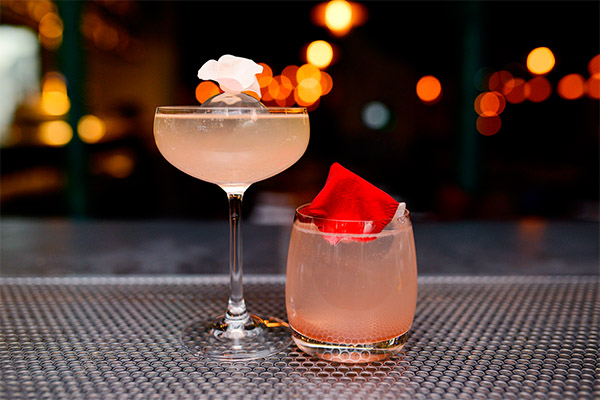
- "Hiroshima", which includes one part of sambuca, beilis and absinthe with the addition of pomegranate syrup. It is prepared in layers, the bottom is syrup, the top is absinthe.
- “Liquid nitrogen” is whipped in a shaker of liquor, ice cream and coconut milk in a ratio of 40:50:30 ml, poured into a tall glass and additionally cooled for half an hour.
- “Cocoon” is served in a narrow wine glass, where Coca-Cola, sambuca and lemon juice are mixed, the composition is supplemented with a mint leaf and a long straw.
Liquor goes well with juices and carbonated drinks, so making an already existing cocktail or coming up with your own recipe is quite simple even at home.
Homemade Sambuca Recipe
One of the legends says that a peasant mixed up jugs and put anise, elderberry and a bunch of herbs in a jug of hoppy tincture instead of a container of medicinal broth. Frustrated, he waved his hand at the spoiled product and remembered about it a few months later. Having removed the sample, he realized that by chance he had received a great drink, which was confirmed by the guests, carried away by tasting almost until the morning.
There are no special difficulties in cooking sambuca at home. A vintage look will not work, but sometimes a home-made version is able to surpass the sample. Essential Ingredients:
- fruits of star and ordinary anise 50 g each;
- alcohol or twice purified moonshine not less than 70%;
- 30 g of black elderberry;
- 300 g of fructose, from sugar the drink becomes cloudy;
- 0.6 l of water;
- 1/4 lemon zest.
The process is divided into 3 parts: infusion, distillation, mixing. At the first stage, elderberry, anise seeds and lemon zest are placed in a container, poured with alcohol and put in a dark warm place for 4–5 days. To dissolve the essential oils, the mixture is stirred every day.
After standing, it is diluted with one glass of water and poured into a distillation cube. The fruits of star anise and 1/3 of the mass used to prepare the tincture are added there. The finer point is very slow distillation, not faster than 3 drops per minute. Another caveat - you need to stop the process immediately, as soon as the volume of liquid obtained reaches 0.7 liters. It will concentrate all the necessary taste shades.
Then a sweet solution is prepared by stirring fructose in boiling water and boiling over low heat for 2-3 minutes.
Important: the distillate is poured into syrup in three equal portions with continuous stirring.
The resulting mixture needs to be cooled, after which it is bottled, corked securely and sent to a cool place for “rest” for at least 30 days. The longer you do not touch the bottle, the more refined the taste of sambuca will be.
The benefits and harms of sambuca

The composition of the liquor includes spicy aromatic and medicinal herbs. Anise has long been used to relieve cough, restore the functioning of the vocal cords, fight against inflammatory processes, relieve fever and fever. It is worth remembering that any alcoholic beverage disinfects the intestines, preventing the spread of infections, which is especially important during epidemics. A small amount of liquor will improve digestion, soothe sorrowful nerves, and give the conversation ease and lightness.
On the other hand, the high content of sugars and alcohols negatively affects health when a reasonable amount is exceeded. It is not recommended for diabetics, those who suffer from renal failure, heart disease during the period of exacerbation, alcohol dependence. Do not offer such a treat to pregnant women and children.
In other cases, a glass of aromatic viscous liquor will bring only benefits and aesthetic enjoyment of the process.
«Important: all information on the site is provided exclusively in fact-finding purposes. Before applying any recommendations, consult with a profile specialist. Neither the editors nor the authors are liable for any possible harm caused materials. "


